
Curator’s statement
When booking your first African safari, legendary names like Serengeti and Kruger often come to mind — and these are both incredible destinations. However, Africa is a massive place and I don't subscribe to the idea of a starter safari. There are a plethora of choices on where to go based on your budget and other interests, so I created this destination guide as a starting point to help you find the safari that best fits your travel style.
The Fora Difference
Book with Scott to access exclusive perks and experiences on your trip.
Killer perks
Free upgrades, spa credits and more—we got you
Personalized recs
Customized travel planning for your style
Insider knowledge
Expert advice from people who’ve actually been there
Where to stay
Unlock perks by contacting Scott to book your trip.
East Africa
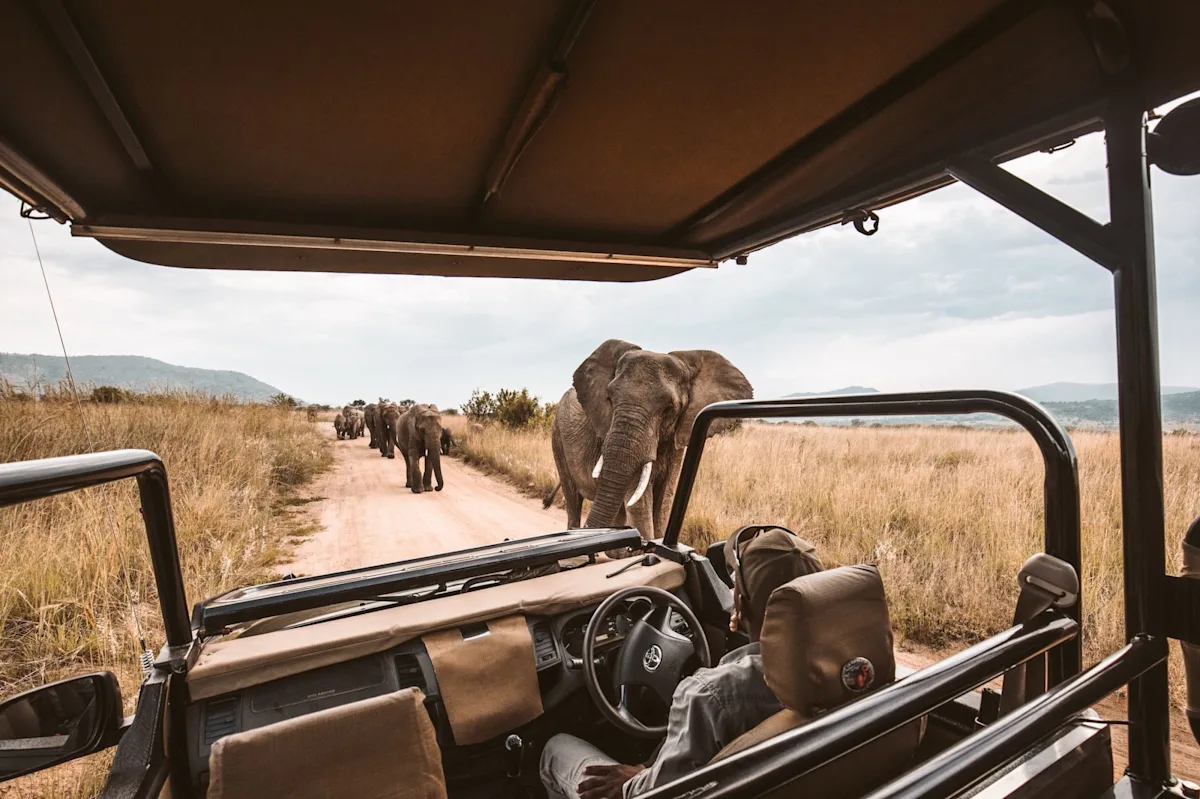
Kenya
Safaris began in Kenya, and the overall experience here is one of the best in Africa. The Maasai Mara is undoubtedly the most famous place in the country because of the vast herds of wildebeest and zebra that migrate through the reserve from late July through September. However, the Mara can get unbearably crowded in high season, so I encourage clients to book private safari reserves around the park and explore other parts of the country. The high Laikipia plateau surrounding Mount Kenya in central Kenya is one of my favorite places. These former ranchlands are home to many unique lodges and a high density of wildlife, including an impressive number of rhinos. Because of the elevation, the weather is also pleasant for most of the year. For the most authentic cultural experience, consider the Samburu lands in the north, and for the largest elephant herds in the country, visit Amboseli National Park in the south. Kenya is also my favorite safari destination for young children because of the culture and great all-ages camp options.
Favorite Camp: Sasaab
Tanzania
Just south of Kenya is Tanzania, home of the Serengeti, which occupies the same ecosystem as the Maasai Mara but is almost ten times larger. The Great Migration spends most of the year here, giving you more options to see it. Calving season (February) in southern Serengeti is an exciting time to visit because you will see hundreds of wildebeest being born daily. Other popular stops in northern Tanzania include Ngorongoro Crater, which I no longer recommend because of the crowds, and Tarangire National Park, which has excellent lodges and is less visited. For a more exclusive and rustic experience, consider visiting southern Tanzania. Ruaha and Katavi National Parks now have amazing camps and offer a taste of how safaris used to be. Tanzania also has good opportunities for chimpanzee trekking, hiking and beaches if you want to diversify your itinerary.
Favorite Camp: Chem Chem
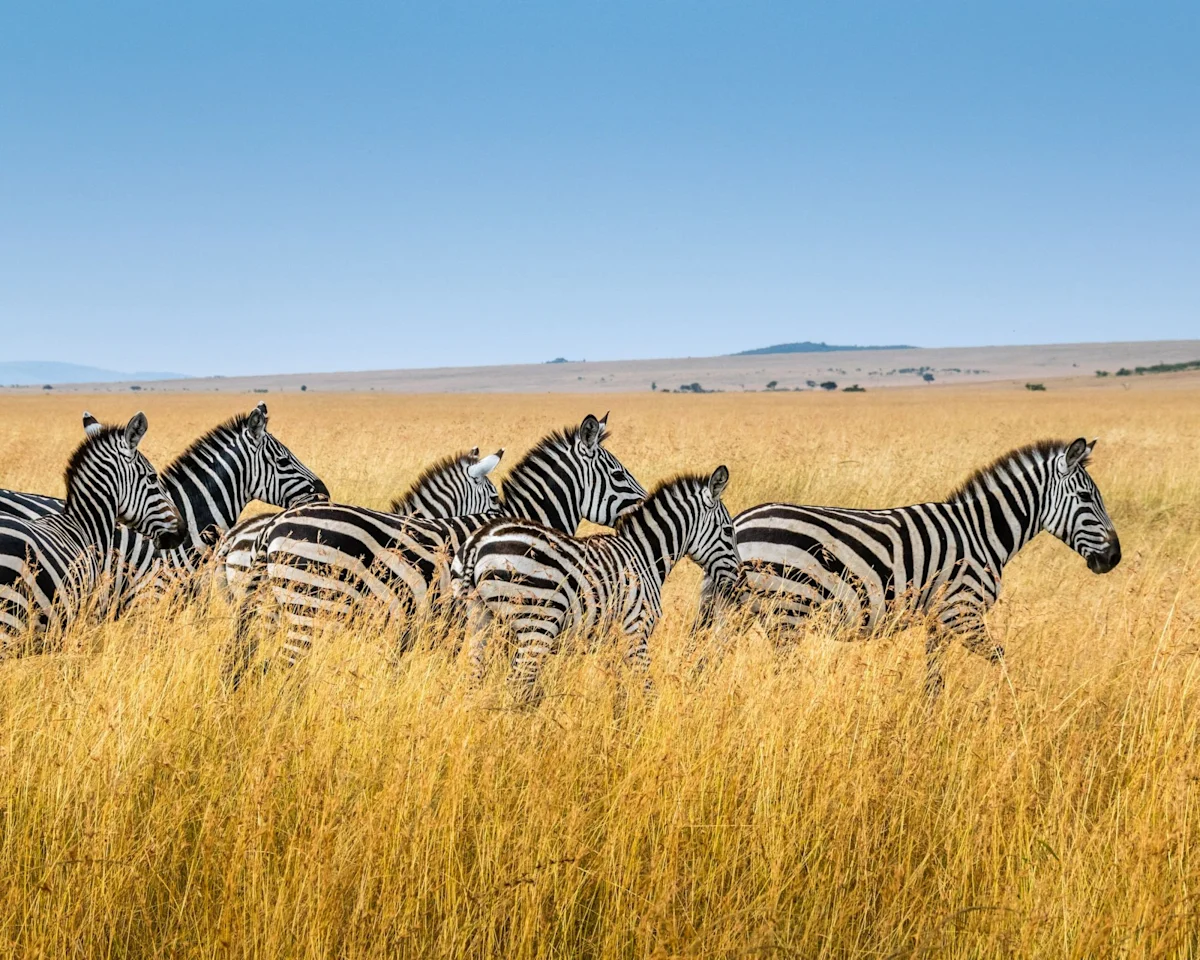
Rwanda
For travelers looking for the ultimate gorilla trekking destination, Rwanda is the place to visit. Volcanoes National Park, along the northern border with Uganda, now has 12 habituated troops of gorillas, each of which is permitted to visit daily by one small group of travelers. Additionally, the country has some of the finest lodges in the world and is exceptionally safe for travelers. Beyond gorillas, you can visit atmospheric tea plantations and chimpanzees in the Nyungwe Forest or take a traditional safari in the rewilded Akagera National Park. This small country has a lot to offer, and it's impressive how it has come together after the horrors of the genocide to become one of the most forward-thinking places in Africa.
Favorite Camp: Bisate Lodge

Uganda
Uganda has one of the highest primate concentrations on Earth, and it is one of the few places you can go gorilla and chimpanzee trekking in one trip. It is also the most affordable place to trek, with permits costing only $600 per day compared to $1,200 in Rwanda. Bwindi Impenetrable Forest National Park is home to almost half of the world's last 1,000 mountain gorillas and has several good lodges. To the north, in Queen Elizabeth National Park, you can have a savannah safari and see the chimpanzees of Kyambora Gorge in one place. More adventurous travelers may want to climb the Rwenzori Mountains, with some of the tallest peaks in Africa, or visit the remote safari areas along the border with South Sudan. I have found Uganda to be safe and welcoming. However, because of new anti-homosexuality laws, I am discouraging LGBTQ clients from visiting until I see how the situation develops.
Favorite Camp: Bwindi Lodge
Southern africa
South Africa
South Africa is one of the most diverse destinations in Africa. You can dine out in Cape Town, bike scenic winelands, surf pristine breaks, and then go on a luxury safari in one trip. It's also easily accessible, with many direct flights from the United States and accommodations for budget and luxury travelers. The best safari destinations are private reserves such as Sabi Sands near Kruger National Park, where you can see all the "Big 5" in a single game drive. However, areas in the Kalahari and Eastern Cape will still provide a great wildlife experience for a fraction of the price. Because of east air connectivity to the beaches of Mozambique, South Africa is the best place for a romantic "bush to beach" honeymoon. Ocean lovers can also enjoy fantastic whale-watching opportunities and great white shark cage dives in the Western Cape. The excellent exchange rate between the rand and the dollar makes South Africa more affordable than ever.
Favorite Camp: Londolozi

Botswana
With over 25% of its land conserved as parks or protected areas, Botswana has done more than most nations to protect its wildlife – and the results show. Herds of hundreds of elephants can congregate along waterways in the dry season and predators such as lions and wild dogs are plentiful. Safari prices rarely dip below $1,000 per person per night, but the wildlife experience is unrivaled for the true nature enthusiast. Botswana is best known for the Okavango Delta, the world's largest inland river delta, which floods the country's dry plains every year from June through August. If you are interested in water activities such as mokoro (wooden dugout canoe) safaris, this is the best time to visit. To the east of the Delta are Chobe National Park and the Linyanti and Sauvuti private reserves, which have the highest elephant populations on Earth. If time and budget allow, I like to contrast a water-based itinerary here with a stop in Botswana's dry Makadikadiki Pan or the deserts of Nambia.
Favorite Camp: Duba Explorers
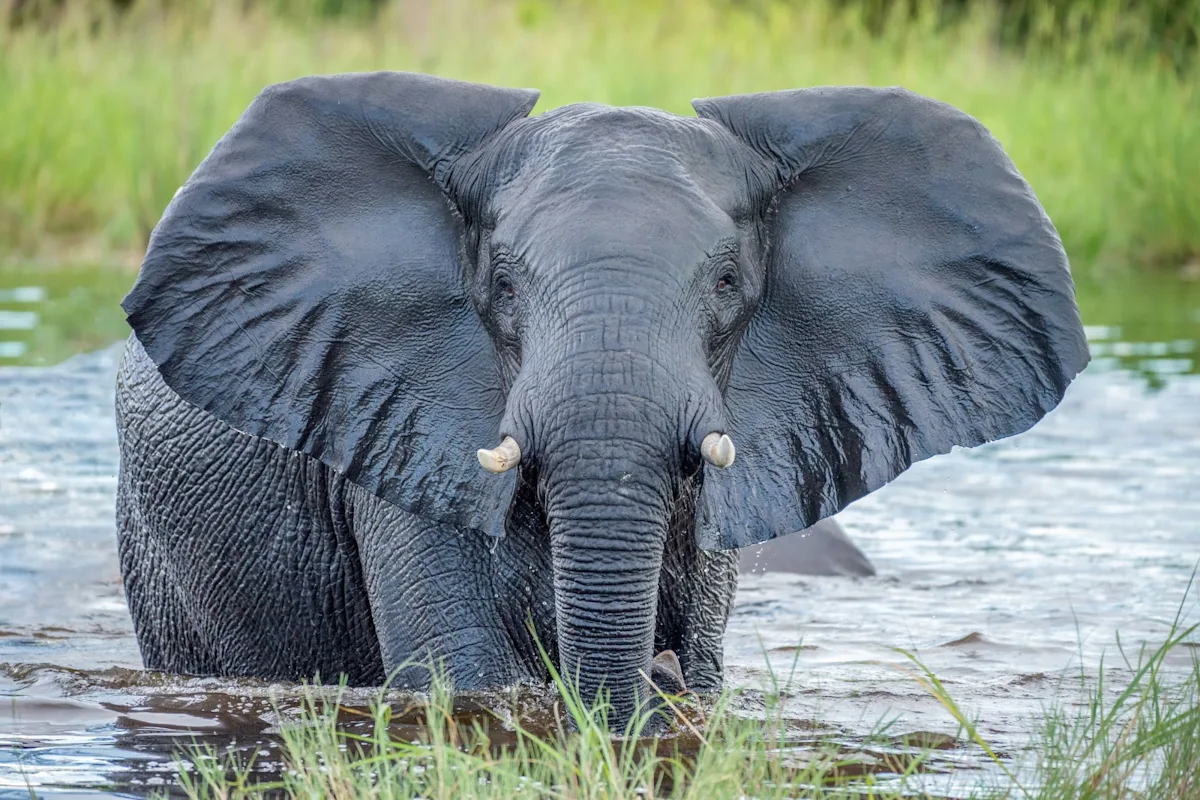
Zambia
Zambia is an adventure lover's paradise. The walking safari was developed here in South Luangwa National Park in the 1950s, and the park remains the best place to walk in Africa because of the extremely high caliber of guides. Lower Zambezi National Park, in Southern Zambia, is famous for its canoe safaris. Nothing can compare to the experience of gliding silently by herds of elephants that have congregated along the river bank in the dry season. Tiger fishing, walking, and traditional game drives will round out a stop on the Zambezi. Zambia has a healthy population of elephants, and leopards are particularly dense, but you won't see any rhinos because of poaching. One exception is a few individuals living in Mosi'oa Tunya National Park near Victoria Falls. The falls run along the border with Zimbabwe, so visitors to Zambia can take advantage of white water rafting, ziplining and other popular adventures in the area. The experience here is as good or better than anywhere else in Africa, but because Zambia is an under-the-radar destination, prices are generally lower.
Favorite Camp: Kutali Camp

Zimbabwe
Zimbabwe sits between neighboring Botswana and Zambia, geographically, experientially and financially. Hwange National Park has huge herds of elephants, second only to Botswana. Mana Pools National Park along the Zambezi River is a great place to walk in the bush, and canoe safaris are available. There are luxurious lodges all over the country, but there is a broader range of options for travelers with a lower budget here. Victoria Falls flows along the border with Zambia, and you will find the most luxurious river lodges on the Zim side. Victoria Falls National Park is also quickly becoming a great wildlife destination in its own right because of spillover from Botswana. Travelers seeking a more remote experience should consider Gonarezhou National Park in the far east of the country and history enthusiasts will enjoy visiting Great Zimbabwe, the most significant ancient ruins south of the Sahara.
Favorite Camp: Tembo Plains
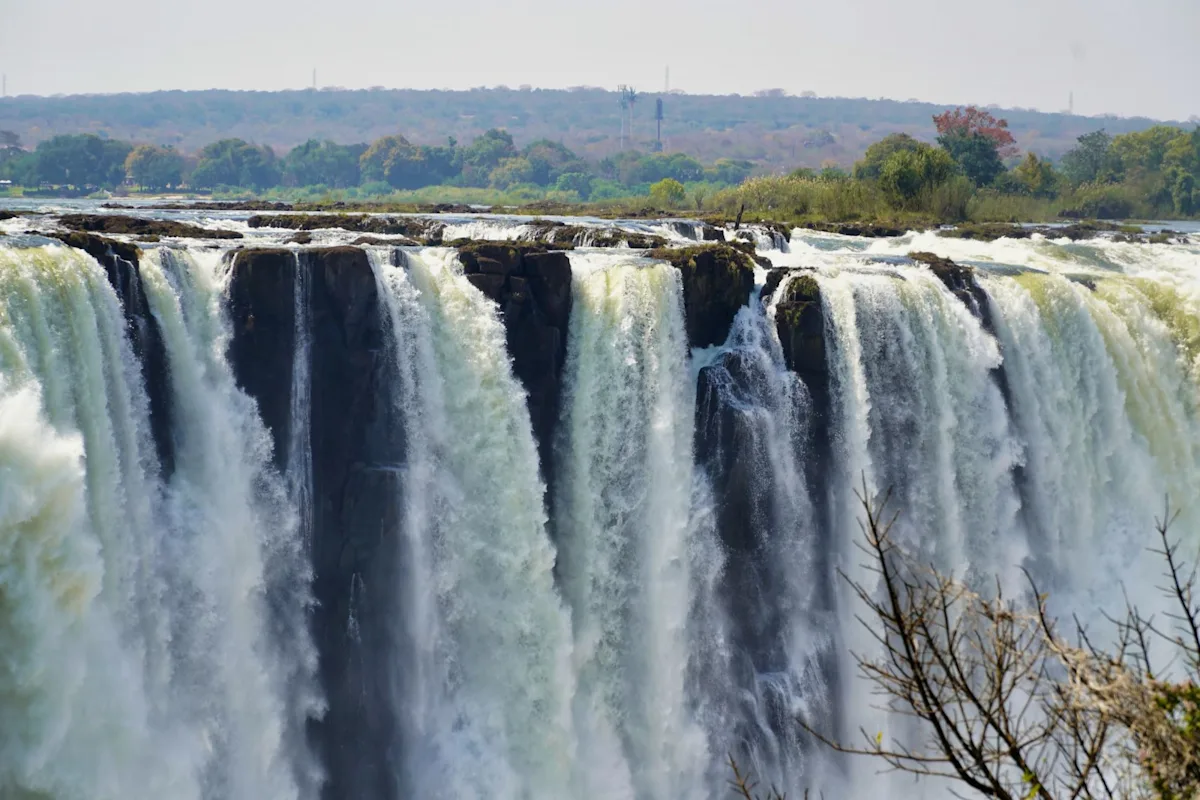
Namibia
Elephants, giraffes, lions and other game species roam Namibia, but the real star of the show is the landscape. The dramatic light and wide-open spaces are a must-see for any artist. The country is best known for the vast dune fields of Sossusvlei and the Namib desert, which covers a large swath of the country. This is best appreciated from the air, and the multiple flight circuits to Namibia's top destinations will let you see it in transit. For those who prefer driving, Namibia is the best place for a self-drive safari in Africa. Outfitters will equip you with a 4x4 vehicle, itinerary, GPS, and roof tent and send you to explore the country for anywhere from a week to a month. The best place to see wildlife in Namibia is Etosha National Park. The water holes and salt pans attract plenty of wildlife, including the chalk white elephants you may have seen photos of. If you need a break from the sand, consider ending your trip in Botswana or Zimbabwe via a direct flight from the capital, Windhoek.
Favorite Camp: Wolwedans Dune Camp
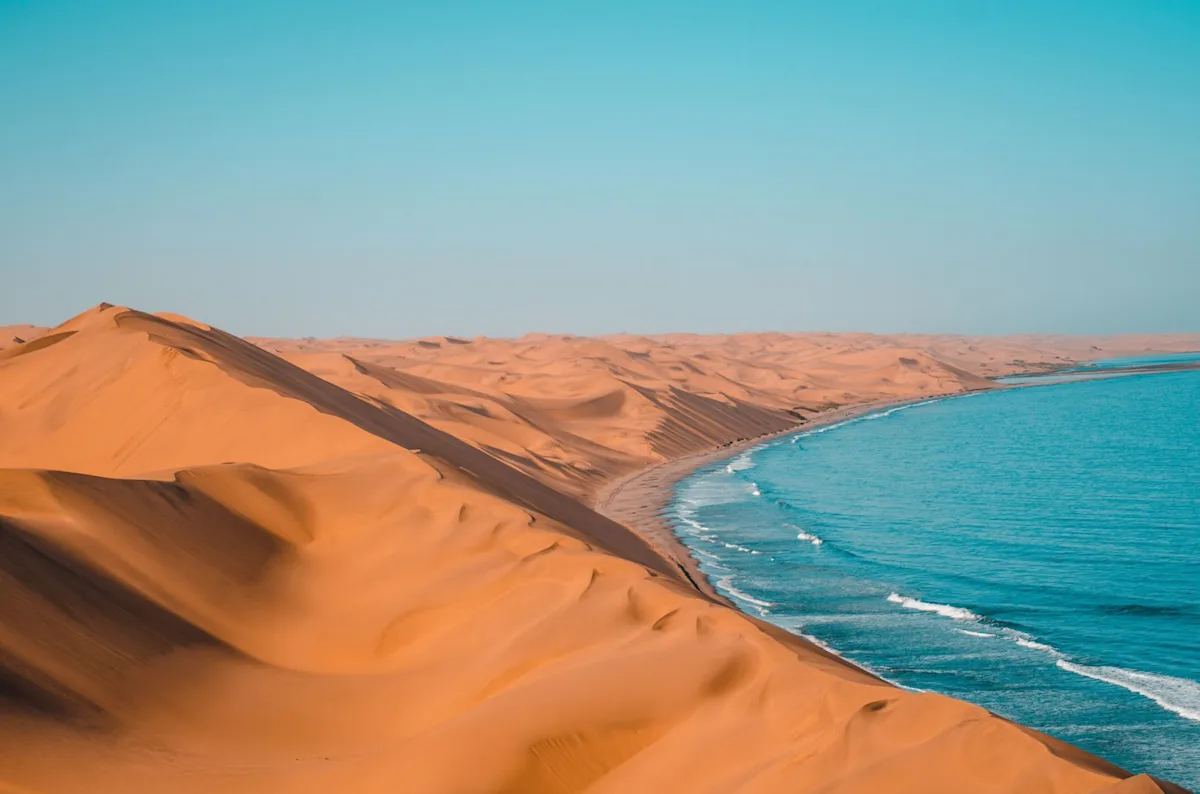
Need to know
Price
A quality safari will cost anywhere from $500-3,000 per person per night and you can have an incredible experience anywhere in that range. If you can spare $1,500 per person per night, you will have a lot of options. Remember that these prices are inclusive of all activities, food, and drink.
Booking Window
Most safaris are booked around a year out, though you will want to book high season in the most popular lodges 18 months in advance. Also, feel free to book at the last minute if you are flexible with your lodge choices.
This trip report is part of our ongoing series on travel to Africa.

Travel Advisor
Scott Dubois

Get in touch with Scott
Did you like this guide? Reach out to customize and book your own experience. Or, just to chat about travel in general.
You can expect a response from Scott within 1–2 business days. You’ll also be subscribed to our traveler newsletter (you can unsubscribe at any time).